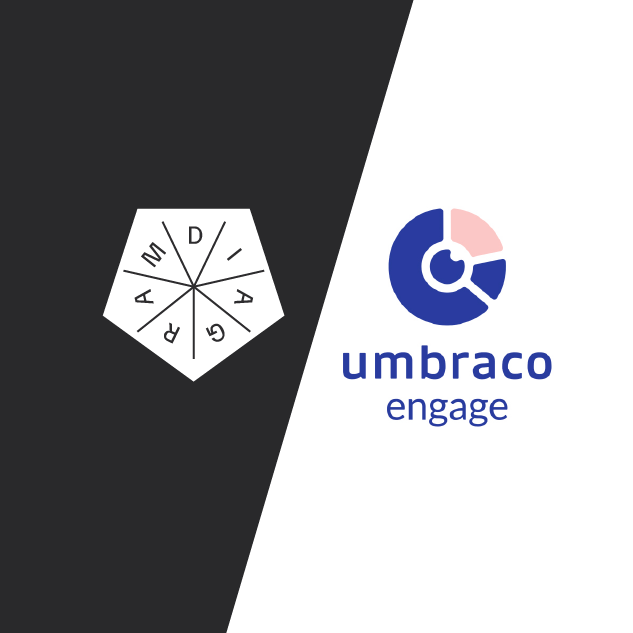What is Inbound Marketing?
Allison Casey Digital Marketing Director, Partner#Digital Marketing, #Inbound Marketing

Today with super-connected consumers it is more important than ever to cater your marketing to their needs. Find out how Inbound Marketing can help you achieve that.
Reaching potential customers and generating leads is the foundation of marketing. But in our digital age, the people we are trying to reach don’t want to be cold called, or randomly emailed. Traditional lead generation efforts don’t work in our ever-connected world. That’s where Inbound Marketing comes in to play. This methodology has been around for a while and in recent years has really taken a hold. Inbound Marketing is all about attracting potential customers to your site and forming relationships with them, taking the existing demand for your products or services and using it in your favor. You’re the expert on what you do, and since you’re fulfilling a need that people already have, the best way to leverage the power of the web is by doing what you can to bring those people to you and help them learn how you can help them solve their problems. But how do you do that? Here’s an overview of the process:
Step 1: Attract visitors to your site
There are a number of methods you can use to bring people to your site, including maximizing Search Engine Optimization (SEO), defining the different personas you want to reach, and maintaining a presence on social media, but the best thing you can do is create rich, meaningful content on your site that establishes you as an expert in your field. A great way to do this is to maintain a blog that demonstrates your deep understanding of your subject and engages with people, encouraging them to comment, link to your page, and share your posts on social networks. It takes a lot of work to create a variety of content that people are going to want to read, but the effort pays off, since studies have shown that companies who blog regularly attract a great deal more traffic and leads than those who don’t.
Step 2: Convert visitors into leads
It’s great to have lots of traffic on your website, but the next step is to be able to reach out to them individually to let them know how they can benefit from your products or services. This means you’ll need to get their contact information, turning them into leads. By having them sign up to download high-value assets like ebooks or attend helpful webinars, you can add them to your marketing database and keep track of where they are in the buyer’s cycle and what you need to do next to meet their needs.
Step 3: Close the sale
After obtaining a potential customer’s contact information and converting them into a lead, you can continue to nurture them, either through automated communication or direct contact from your sales team. By providing them with the right information and keeping them engaged, you can close the sale when they are ready to become a customer.
Step 4: Use those happy customers to attract more viewers, and begin the process anew!
Once you’ve made the sale, you want to keep your customers engaged, since if you’ve done a great job of providing relevant content and communicating with them, they can add to your efforts by providing promotion for you on their own sites or social networks. A happy customer is one who will let people know about you and your great products or services, and with the proper care, you can keep this cycle moving and flourishing.
Each of the steps of inbound marketing comes with its own challenges and solutions, and there are plenty of tools you can use to make sure you are reaching everyone you need to reach. Automation software, such as HubSpot, can help you set up forms, calls-to-action, and landing pages that get the lead information you need without being intrusive or confusing, and closed-loop reporting can help you track the process throughout to see what’s working and what you can improve. Have you started an inbound marketing program in your organization? Do you have any questions about how you can get the process started? Let us know in the comments, or feel free to contact us for more information.
Related Posts

Why Choose a CMS?
We look at the advantages that a Content Management System (CMS) can bring to your digital and content marketing strategy.

Announcing Our Partnership with uMarketingSuite to Elevate Marketing Analytics and Personalization
We are excited to announce our partnership with uMarketingSuite to elevate marketing analytics and personalization.
Results Matter.
We design creative digital solutions that grow your business, strengthen your brand and engage your audience. Our team blends creativity with insights, analytics and technology to deliver beauty, function, accessibility and most of all, ROI. Do you have a project you want to discuss?
Like what you read?
Subscribe to our blog "Diagram Views" for the latest trends in web design, inbound marketing and mobile strategy.
